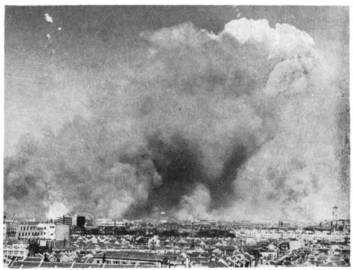> Home
Context
|
In May 2003 we held a workshop on Visual Documents in the Study of Modern China at the University of California at Berkeley in which we explored a range of methodological, empirical, and theoretical issues with regard to the use of photographed images in historical research. This was followed by a workshop in Tokyo in September 2004 entitled Representations of the Body in China and Japan on visual documents that pertain to the Chinese bodies and people, whether diseased, distressed, pained, faminished, glamorized, cultured, adorned, ritualized, gendered, racialized, essentialized, etc., whether as representations of individuals or collective entities. In May 2005, we organized a third workshop in the History and Visual Documents series, which was held in conjunction with The Electronic Cultural Atlas Initiative conference and will take place at Fudan University in Shanghai, May 9-12, 2005. This session’s focus was Wartime. These workshops have paved the way toward a more systematic exploration and use of visual materials in the study of modern China. We have wished to build on these previous meetings to address more thoroughly a few selected topics. The first workshop in this new cycle was held in Berkeley in August 2006. It addressed the issue of War and warfare, especially the Chinese War of Resistance as documented in photographs and other pictorial images, but also other incidents of armed conflicts and sanctioned violence. |
 |
Objectives
The present web site has been set up to give us an opportunity to continue the lively discussions we had during the workshop and to make possible further exchanges between the participants. Yet, this is not meant as an "online workshop". This is to allow any participant to add her/his comments made during our session, suggestions or afterthoughts to any paper.
The second function of the web site is to serve as a platform for the editorial process. You will receive a general schedule for the planned publication of the workshop papers and use of this platform. Any revised version -- you can have as many as you want -- will have to be uploaded here. The editors will also work with you through this platform.
The third function is to make some preparations for an online version of the papers. This, of course, will have to be discussed with the publisher. Yet, given the nature of our approach, a printed text may not be able to convey all that we can show through the sometimes large sets of images we are using. The platform allows you to upload images in any format. Feel free to use this feature to add to your paper all the images you find relevant and/or necessary. The online version will not be produced on this platform, as it requires other features, but it is important to define all the visual materials that may be utilized in an electronic version.
With that in mind, we look forward to a very open and collegial work toward the publication of an outstanding book on history and visual materials.
Yeh Wen-hsin
Christian Henriot
University of California
BerkeleyInstitut d'Asie Orientale
Lumiere-Lyon 2 University
Last modified: 12 November 2006, 11:51 AM